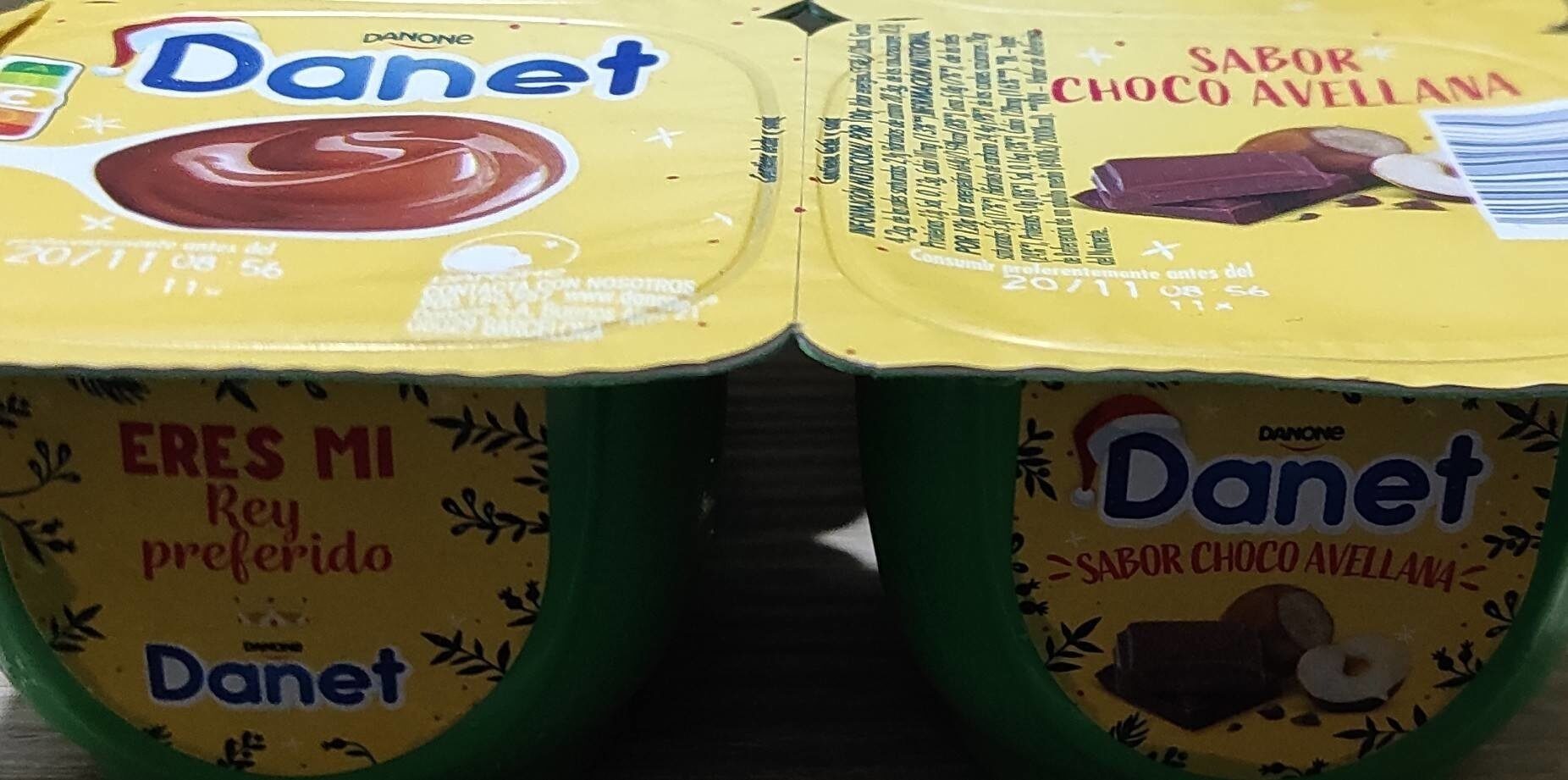Natillas Navidad choco avellana - danone
This product page is not complete. You can help to complete it by editing it and adding more data from the photos we have, or by taking more photos using the app for Android or iPhone/iPad. Thank you!
×
Barra-kodea: 8410500025830 (EAN / EAN-13)
Markak: Danone
Kategoriak: Esneki, en:Desserts, en:Dairy desserts, en:Chocolate desserts, en:Creamy puddings, en:Dairy chocolate desserts
Traceability code: FR 38.408.002 CE - Saint-Just-Chaleyssin (Isère, France)
Saltzen diren herrialdeak: Espainia
Matching with your preferences
Ingurumena
Ontziratzea
Transportation
Report a problem
Datuen iturria
Product added on by kiliweb
Last edit of product page on by moon-rabbit.
Produktuaren orria -gatik editatua ecoscore-impact-estimator, inf, thaialagata, yuka.sY2b0xO6T85zoF3NwEKvlk53cv_5rR-bCEDjpWip_NKxHIPpTcNYw6fgMqg, yuka.sY2b0xO6T85zoF3NwEKvlmBNcoSDujScCETgi2yS29aqCbu5ev9D8IimHKo, yuka.sY2b0xO6T85zoF3NwEKvlnZ_bcT0mhXrHEHtukSO7P6XNsLGTIBUsrrIIas.











